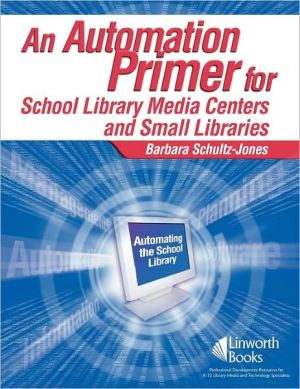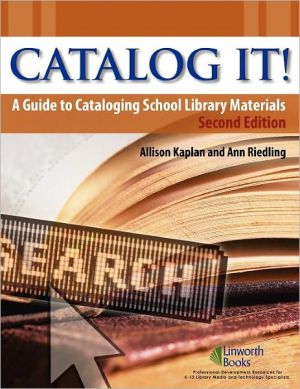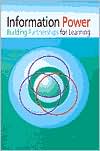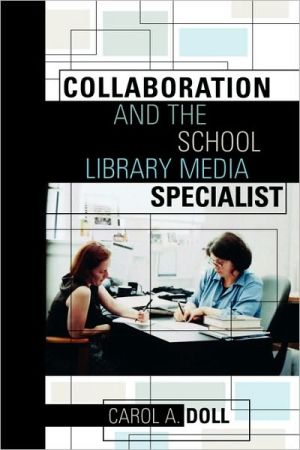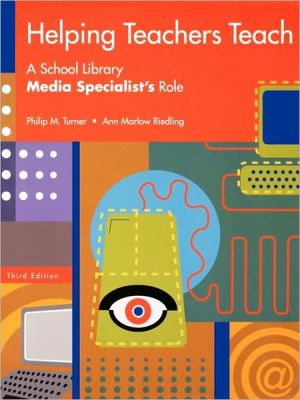An Automation Primer for School Library Media Centers and Small Libraries
This easy-to-read, thorough guide to library automation systems includes current information on the components of software and choices to make when automating a school library. This book includes information on the various stages of automation conversions and a project planning process guide to assist librarians in a variety of library settings to plan and implement their automation projects. It includes interviews, background information, vendor presentations, and the author's practical...
Search in google:
This easy-to-read, thorough guide to library automation systems includes current information on the components of software and choices to make when automating a school library. This book includes information on the various stages of automation conversions and a project planning process guide to assist librarians in a variety of library settings to plan and implement their automation projects. It includes interviews, background information, vendor presentations, and the author's practical experience in implementing an integrated automation system. Also includes a glossary of terms and an index for ready access to information.
\ From the Publisher"If you anticipate managing an automation project for a school or small library, this is the book you'll want to have. Part One covers technologies, protocols and standards, as well as system configurations and features. Its coverage and explanation of the multiplicity of functionality available today is very thorough. In gathering a wealth of background information, the section will save planners time on research as well as provide context for decision-making. Although a few explanations are unclear (for example, modular or stand-alone configurations) or too briefly explained (Open URL), overall, the section is full of pertinent information. Each step of the automation process is given a full chapter in Part Two. The process is broken down into logical steps and accompanied by charts, timetables, and other useful planning tools, plus numerous examples and resources. These and scenarios point readers to further information and nicely put theory into context. Part Three of the book pulls together a practical automation toolkit that includes further information. The process checklist and the sample RFP are worth special note as both will be invaluable in project planning. This well-organized book provides a coherent explanation of the automation world and charts a clear path for successful automation for school or small libraries. Highly Recommended."\ -\ Library Media Connection\ \ \
